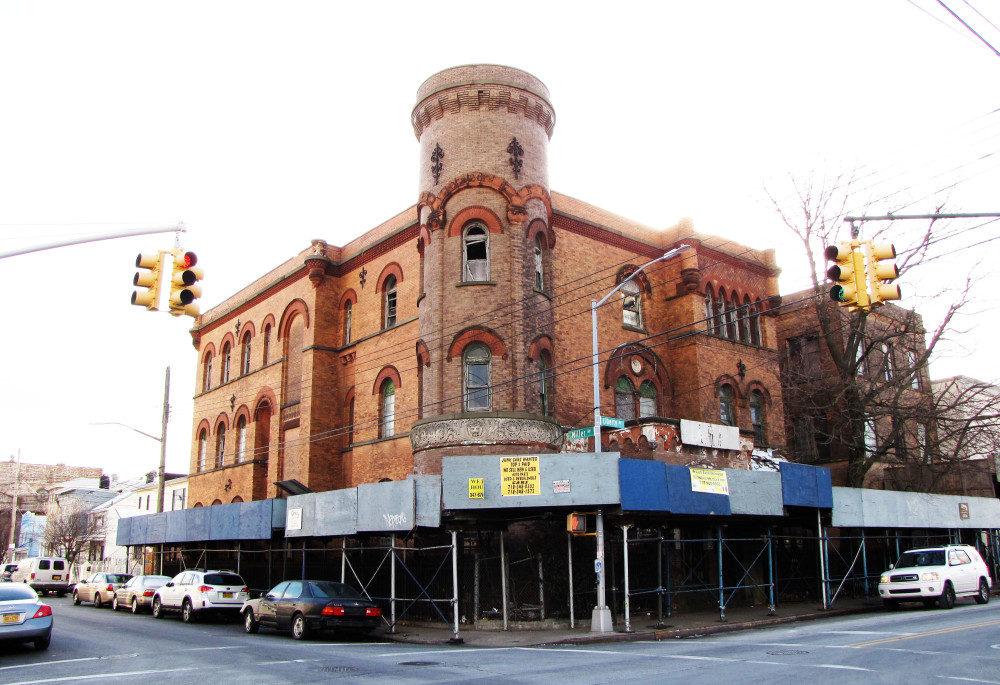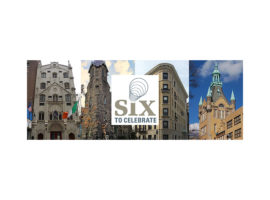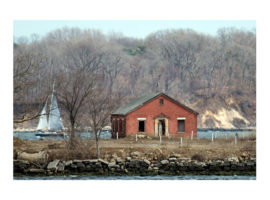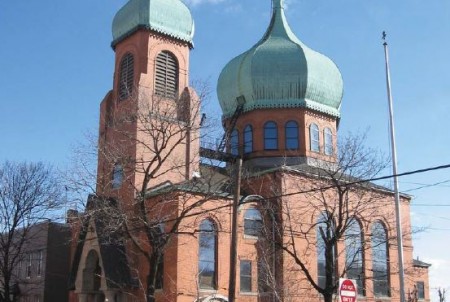East New York, Brooklyn
East New York is a dynamic and largely unrecognized jewel in New York City. In the mid-17th century, Dutch farming families began migrating here from the town of Flatbush, referring to the land as the “new lots,” and it was soon identified as a subsidiary of Flatbush. In 1852, residents deemed themselves independent and began to refer to the community officially as New Lots. Present-day East New York is part of what was once the town of New Lots. In 1886, New Lots was annexed to help form the city of Brooklyn, and in 1898, was annexed again when Brooklyn and the other boroughs were consolidated to become the City of Greater New York.
In 1835, developers began buying farms in New Lots and laying out streets and lots. The area was prime for development due to the presence of the Jamaica Turnpike and the Long Island Railroad tracks along Atlantic Avenue. It was also a well-known destination for its two horse racing tracks, Union Course and Centerville Race Track (both demolished). The area’s most influential developer was a Connecticut merchant named John Pitkin, who purchased 135 acres and named his neighborhood East New York. The renaming was not only to set it apart for real estate purposes, but Pitkin envisioned a world-class and impressively-designed community filled with factories, shops and housing to rival New York City – an illustrious goal. Although Pitkin experienced significant losses during the financial panic of 1837, sales picked up in the mid-19th century and East New York became a thriving community even before neighborhoods much closer to Manhattan had even begun to be developed. Transportation improvements in the 1880s, including the opening of the Brooklyn Bridge and the introduction of steam cars and the elevated railroad on Atlantic Avenue, led to a building boom in East New York. Immigrants, including Germans, Italians, Russians and Eastern Europeans, migrated from crowded Manhattan neighborhoods to settle in the East New York countryside, in hopes of building a community where they would be free to communicate in their native languages, congregate and worship, patronize businesses catering to their cultural tastes and provide their children with opportunities to become skilled and educated citizens.
By the 1930s, East New York was widely regarded as a stable, working class community, boasting of great housing stock, schools and low crime. After World War II, however, the neighborhood unfortunately experienced a slow decline that it is still recovering from today. After the war, the city lost a great number of manufacturing jobs at the same time as large numbers of Puerto Ricans and African Americans were arriving in the city seeking employment. East New York was hit particularly hard in the 1970s by the FHA Mortgage Scandal and the unscrupulous and racially-charged real estate practice of “blockbusting,” which resulted in home foreclosure and abandonment. Unemployment, drug abuse and crime became commonplace in East New York, and its notorious reputation unfortunately lingers today. In recent years, East New York has begun to experience a rebirth. Vacant lots have been transformed into community gardens; well-maintained homes have helped to revitalize blocks; desolate sections under the elevated train tracks now exhibit vibrant murals; and diverse groups are working to enhance the neighborhood. One of these is Preserving East New York, a grassroots preservation group that formed to protect the neighborhood’s historic resources and illuminate its 300-year narrative of refuge, expansion, battle and rebirth. The group is advocating for landmark designation of some of the area’s historic buildings, an effort mainly spurred by the city’s announcement in 2015 that East New York would be rezoned for increased density as part of Mayor Bill de Blasio’s Housing New York plan.










